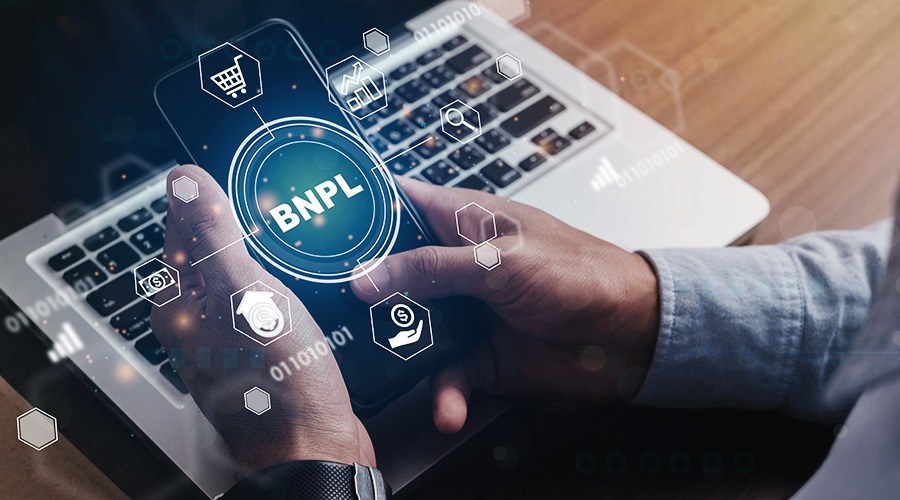For digital lenders economic uncertainty comes with additional risk. One way to mitigate this risk is with Digital Lending Insurance.
Banks are expected to increase their investment this year in compliance technology, cybersecurity, and personalization.
We learned a couple of weeks back that the former head of Marcus, Swati Bhatia, had taken a job at Santander to lead U.S. consumer and business banking.
Yesterday, we learned more details about what this new job is going to entail.
·
The iProov Threat Intelligence Report 2024 describes how technologies have accelerated the digital arms race between threat actors and those who stop them.
In May of last year, Petal announced it had raised a new funding round and was spinning off its infrastructure unit, Prism Data.
But then we heard in November that Petal was struggling and looking for a buyer.
The ten fintech firms selected will work closely with 40 plus institutions
Including AIG, Bank of America, Fidelity, & JP Morgan.
Anyway you slice it, we have not been doing a good job in stopping money laundering.
It is estimated that we only catch 1-2% of all illicit money flowing through the banking system. Yet as an industry, we spend many billions of dollars in this fight.
Pinwheel’s Power of Primacy report shatters some myths about defining primacy while offering a better way forward.
We know consumers love BNPL, with millions preferring it over credit cards as a purchase method.
We also know that much has been written about consumers misusing BNPL and causing themselves financial difficulties.
The FIS Fintech Accelerator 2024 will see 10 startups meet with business leaders, scale their products, and develop a market-centric value proposition.











